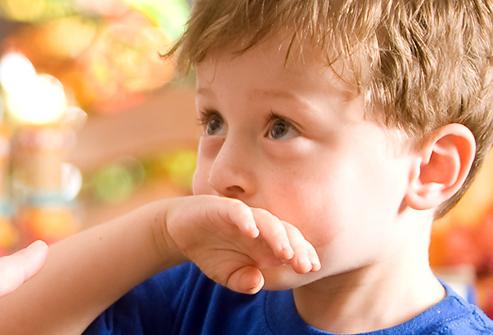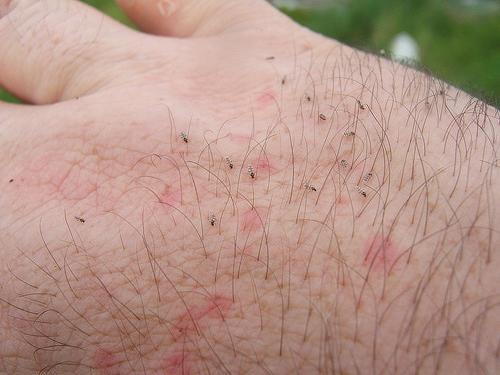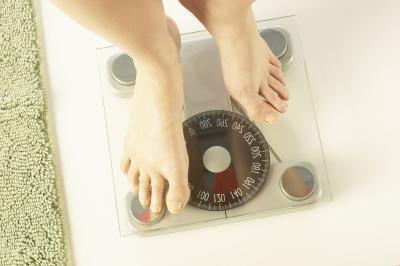Food allergies in a child: what to do?
Food allergy in a child is quiteA common problem that many parents face. An allergic reaction can occur on almost any product, so it is very important to know the main symptoms, treatment methods and ways of preventing this disease.
Food allergies in the child and its causes
The allergic reaction develops, as a rule, inresult of the use of a product. This phenomenon is associated with excessive sensitivity of the organism, which considers a certain substance to be dangerous, resulting in the release of special antibodies and immunoglobulins. The causes of allergy are not always known, but there is a hereditary predisposition to such diseases.
Food allergies: photos and main symptoms

Allergic reaction is accompanied by a number of very characteristic symptoms:
- The most characteristic sign is a skin rash. On the body of the child appear rashes, red spots, sometimes even pustules and sores. Quite often a rash appears on the face and skin of the abdomen. As a rule, the skin reaction is accompanied by severe itching.
- Food allergies can also cause digestive system disorders. Children often suffer from bloating, nausea, eructations, vomiting. Sometimes there are diarrhea and pain in the abdomen.
- Another manifestation of food allergy isswelling. By the way, this symptom is dangerous, especially if there are strong swelling of the mucous membranes, skin and eyelids - this can signal the onset of anaphylactic shock, in which the child simply needs urgent medical help.
Food allergies in children: the most dangerous foods

As already mentioned, an allergic reaction can develop on any product. Nevertheless, several of the most dangerous allergens are isolated:
- Cow milk is, probably, the mosta common allergen, especially among children under the age of one year. The problem is that almost all artificial mixtures contain a protein of cow's milk. Therefore, it is necessary to carefully select the food for such a baby.
- Citrus fruits, red fruits and berries, carrots, grapes, kiwi.
- Chicken eggs, especially yolks.
- Fish and seafood.
- Legumes, including peas, lentils, soybeans.
- Nuts.
- Honey.
- Chocolate.
It should be borne in mind that it does not matter hereonly what the baby himself eats. If the baby is breastfed, the allergens get into the body together with the mother's milk. Therefore, nursing mothers must observe the correct - hypoallergenic - diet.
Food allergy in a child: diagnosis
As a rule, after examination and familiarization with thethe doctor may suspect the presence of food allergies. Assign a blood test that will show an increased amount of immunoglobulin E. If it is not known which products lead to the development of the reaction, then it is necessary to conduct skin tests: concentrated and purified solutions of potential allergens are applied to the skin, and then wait for the reaction.
Food allergy in children: treatment and prevention

The most correct way to protect the baby's body fromAllergy is the elimination of any contact with allergens. This means that from the diet of the child (or mother), it is necessary to completely exclude all potentially hazardous products. Also used are antihistamines, which stop the development of allergies, relieve spasm of the respiratory tract, eliminate swelling. In most cases, an allergy is a temporary phenomenon that occurs as the child grows, although some children endure this problem with themselves and in adulthood.





